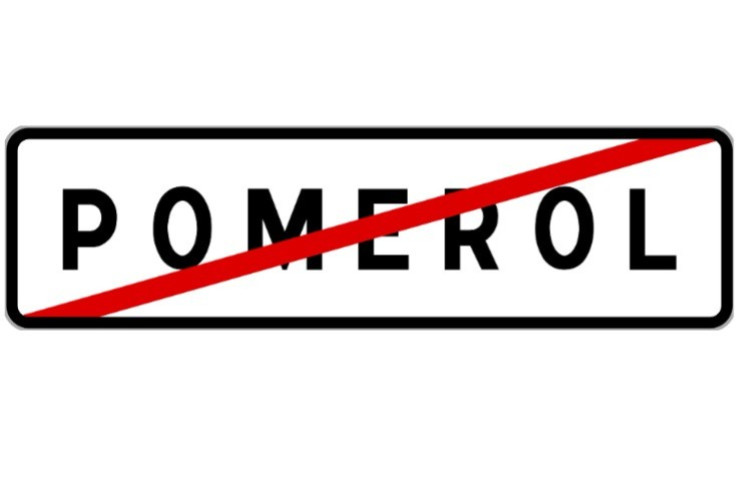Why Ch├óteau Lafleur has left AOC Pomerol - so that it can irrigate, use low-density plantings, shade vines and use mulchŌĆ”

n a letter sent to its customers on August 24, the Guinaudeau family announced that it was leaving the Pomerol and Bordeaux appellations as of the 2025 vintage. “The six wines by the Ch├óteau Lafleur Soci├®t├® Civile will now be labelled as Vin De France”, said the family. Faced with “sudden” climate change, as evidenced most notably in the 2015, 2019, 2022 and even more so the 2025 vintage, the chateau located next door to Petrus explains that it has been compelled to make some tough decisions. It claims that it can no longer see itself in the current framework of the two appellations over the short and medium term and feels that remaining would be a “recipe for disaster” as illustrated by Pomerol at the end of August with the mercury soaring to 49.7°C on exposed fruit.
Aside from the change of designation, nothing else changes. “We are remaining and will always remain true to the fundamental values of Lafleur – the same outstanding terroir since 1872, the same noble vine genetics…” explains the Guinaudeau family.
In an opinion piece published on August 26, the owners specify that they do not intend to work with grape varieties that are not native to Bordeaux or are selected for their resistance, but aim rather to “make up for lost time” by planting vines at reasonable minimum densities proportionate to actual available water resources for each major soil type. This could be “sometimes lower than 5,000 vines/hectare”. They also plan to use mulching to limit water evaporation, install permanent or temporary shading systems, reduce foliage height and bolster it to protect grapes from sunburn, and irrigate based on early, regular monitoring starting in the spring. Lafleur has already successfully trialled these coping mechanisms and its staff feel they are complementary.






